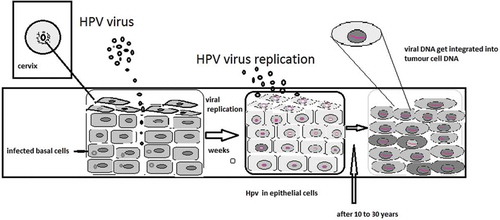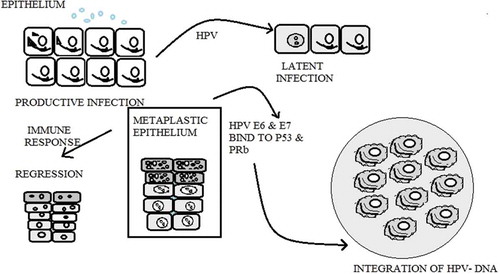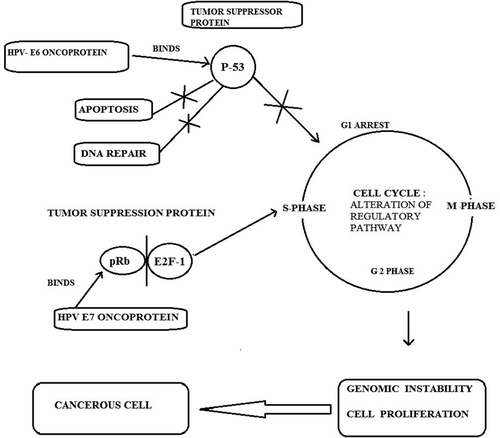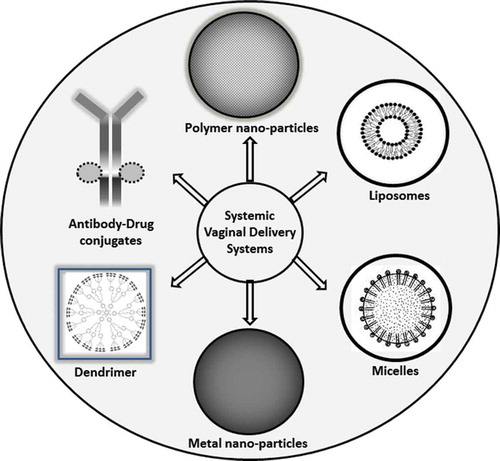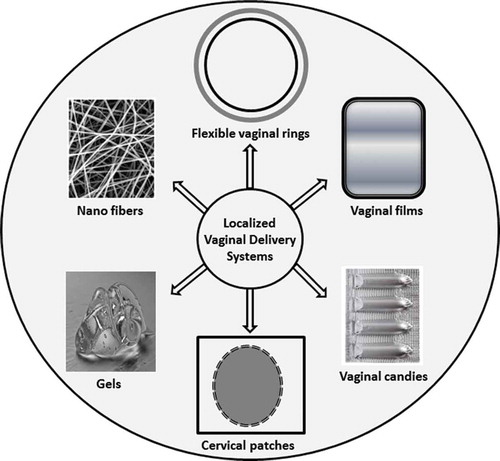Figures & data
Table 1. Schematic representation of chemotherapeutic drugs used in cervical cancer with their class, mechanism of action, dose, and side effects.
Table 2. Liposome-based delivery systems, including cell lines/animal models used for cervical cancer therapy.
Table 3. Nanoparticle-based delivery systems, including cell lines/animal models used for cervical cancer therapy.
Table 4. Hydrogel-based delivery systems, including cell lines/animal models used for cervical cancer therapy.
Table 5. Brief overview of radiotherapy, photothermal therapy, and gene/recombinant protein therapy.
